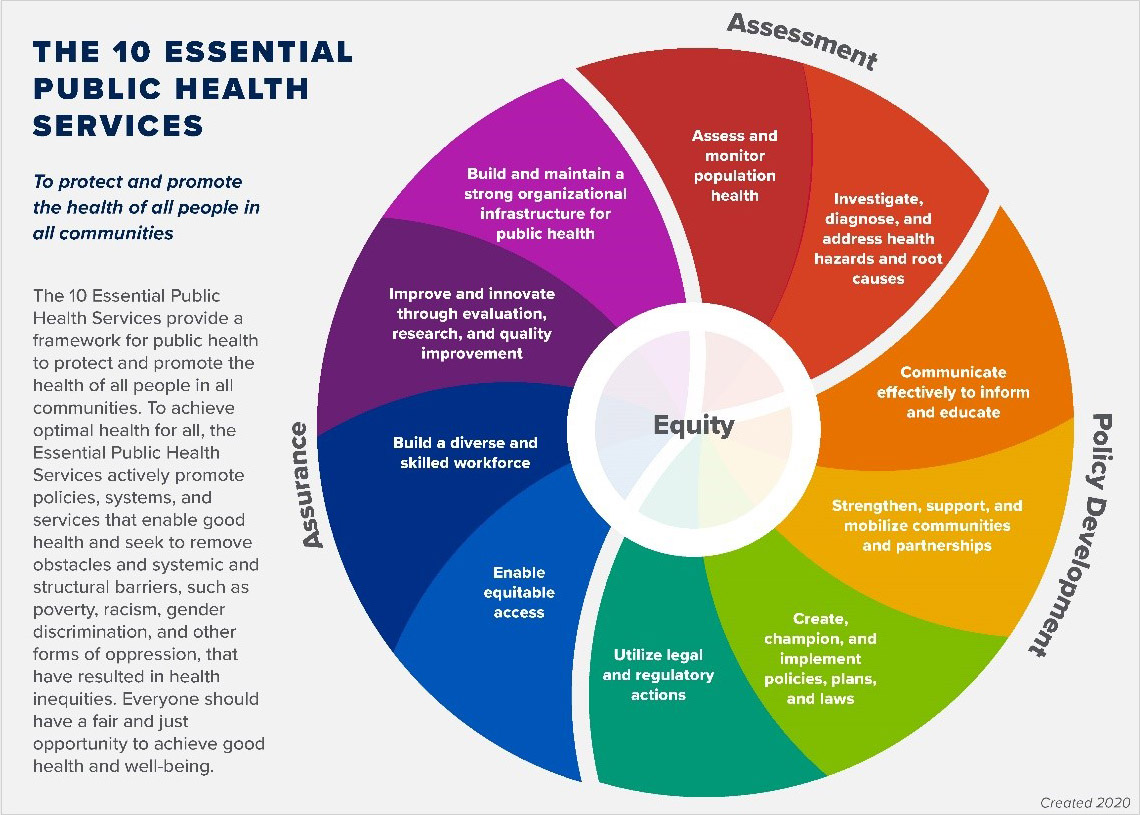Center for Prevention
The Center for the Prevention of Domestic Violence was established in 2018 to identify and establish new ways of thinking in how to prevent and intervene more effectively in the process of domestic violence. Learn more here.
We believe that the environment in which domestic violence emerges and relationship patterns that proceed domestic violence are knowable and can be interrupted more effectively. The Center for Prevention provides information and guidance to domestic violence/ interpersonal violence (DV/IPV) agencies in bringing a family systems lens to the prevention of interpersonal violence to promote understanding a public health approach to violence prevention and learn strategies at the system and agency level for advocating for and integrating preventive interventions and policies.
A Public Health Approach makes a difference
A public health approach to a problem involves taking a “population” approach. The focus of public health is to improve the safety, health, and well-being of entire populations. A population approach to violence requires multi-systems, multi-agency, cross-disciplinary approaches, based on an understanding that complex problems such as interpersonal violence require complex solutions. This approach emphasizes collective action to have a greater impact on the problem.
A public health approach to a problem also emphasizes prevention. Prevention is based on a belief that violence can be prevented and its adverse impacts can be diminished. When people hear the term “prevention” they often think of providing education or an intervention to prevent a problem from occurring in the first place. However, the public health framework includes a continuum, in which prevention occurs at several levels. This means that prevention is considered to be an intervention, and many interventions have a preventive impact. These levels of prevention will be explored in depth in this document.
A public health approach to violence, including domestic violence, is based on belief that is itself based on evidence. Public health is a science-based discipline. This approach centers on 10 core functions of public health, identified by the Center for Disease Control: CDC - 10 Essential Public Health Services - CSTLTS

A public health approach to a problem such as violence is based on data collection to formulate an assessment of the problem of violence, identify factors that influence violence such as risk and protective factors, identify causes and correlates as well as those factors that are amenable to intervention. This knowledge is then used to design, implement, monitor, and evaluate interventions to determine which interventions are effective.
Another core function of public health is to then disseminate this information about effective, promising, and emerging practices and communicate effectively to people and communities about factors that influence violence and how to improve conditions to decrease violence. This effort involves strengthening and mobilizing communities and partnerships to improve conditions that reduce violence.
Additional core functions center on bringing about systemic change to create and champions policies, plans, laws, and regulatory actions that can positively impact violence. Assuring equitable access to services, building a skilled workforce, assuring quality through ongoing monitoring, evaluation, and improvement, and supporting research-based innovation are also essential core functions of public health approaches.
The Center for Prevention leverages a systems approach and introduces a model for service delivery at the individual, family, community, social, and systemic levels.
Reacting to violence cannot be our starting point. We must widen the lens on service delivery to include prevention.
Resources from the CDC on a public health approach to violence and DV/IPV:
Intimate partner violence has long been recognized as a serious, highly prevalent, and preventable public health problem that affects millions of Americans across the life span. The national public health service, the Center for Disease Control (CDC), established the Division of Violence Prevention in 1993, under the newly created National Center for Injury Prevention and Control. In 1996, the World Health Assembly recognized violence as a leading worldwide public health problem and in 2000 the World Health Organization (WHO) created the Department of Injuries and Violence Prevention. In 2002, the CDC established a program (DELTA) to focus on primary prevention of intimate partner violence. From 2009 to the present, the CDC has produced:
- Violence Prevention Home Page (cdc.gov)
- The Veto Violence website (est. 2009), with violence prevention tools, trainings, and resources based on the best available evidence and research. The focus is on prevention of child abuse, intimate partner violence, sexual violence, youth violence and suicide, as well as addressing social norms
- A comprehensive teen dating violence prevention initiative for 11-14-year-olds living in high risk urban communities, Dating Matters, launched in 2009
- A surveillance system on intimate partner violence, sexual violence, and stalking, The National Intimate Partner and Sexual Violence Survey (NISVS), implemented in 2010 in collaboration with the Dept. of Defense and the National Institute of Justice
- Connecting the Dots: An Overview of the Links Among Multiple Forms of Violence, released in 2014, and Strategic Vision for Connecting the Dots in 2016, offering a cross-cutting approach
- A suite of technical packages, released in 2016 and 2017, to offer states and communities the best available evidence in programs, policies, and practices to prevent child maltreatment, sexual violence, youth violence, suicide, and intimate partner violence
- Ongoing reports, including DELTA Impact Theory of Change
https://www.cdc.gov/violenceprevention/intimatepartnerviolence/index.html
- Futures Without Violence is a national organization working for over 30 years on ending violence against women and children. Foci include preventing teen dating violence and building healthy relationship skills, coaching boys into men, preventing sexual assault on campus, global violence prevention, and engaging health providers, educators, and the workplace.
- Preventing Violence: A Review of Research, Evaluation, Gaps, and Opportunities
